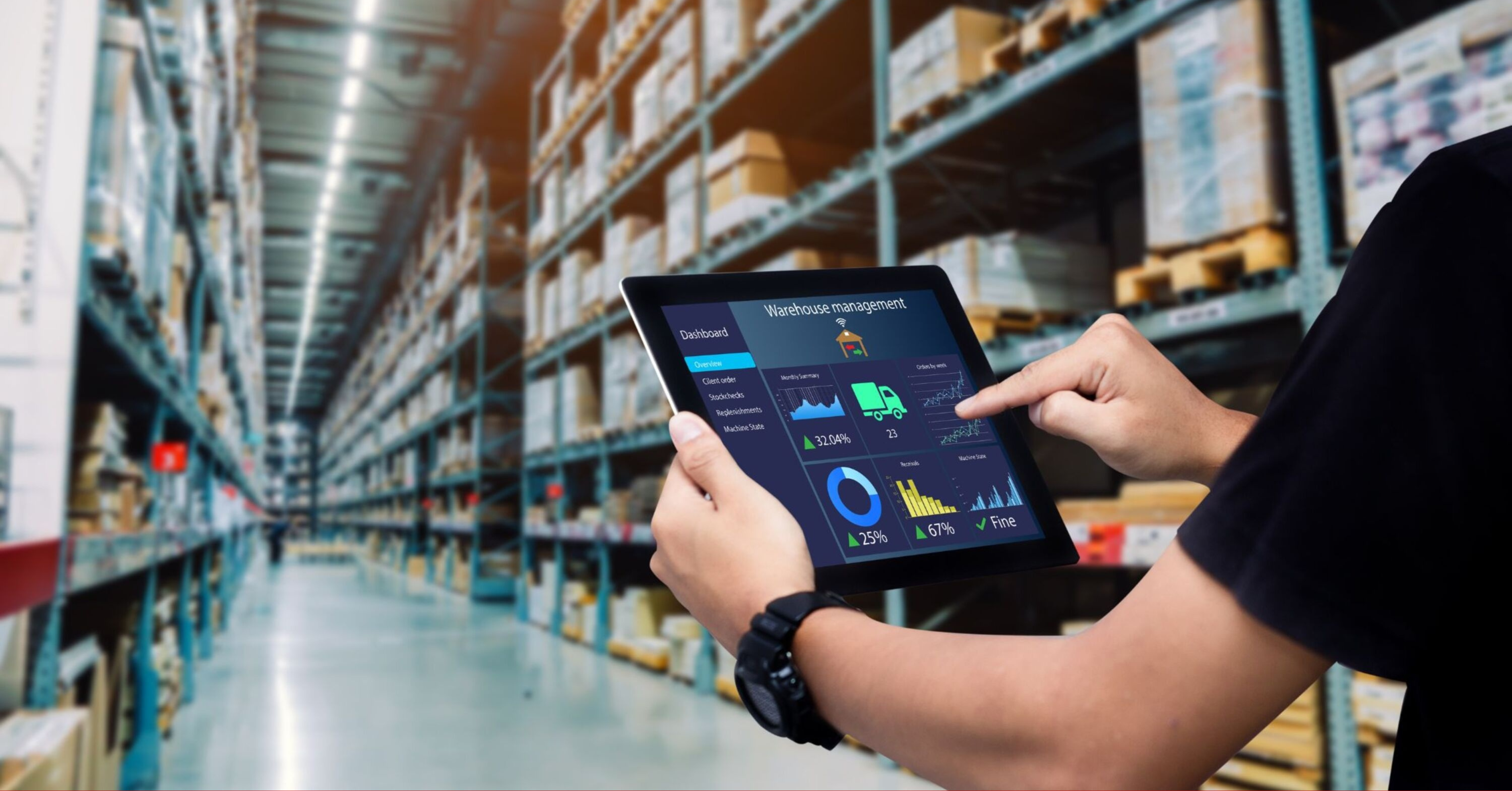Introduction
What is a WMS? The term stands for Warehouse Management System — a type of software designed to optimize how goods are stored, picked, packed, and shipped. For growing businesses, spreadsheets or manual tracking can’t keep up with the complexity of modern warehouses.
This guide will explain what a WMS is, why it matters, its features, and how it benefits companies of all sizes.
Table of Contents
- What is a WMS?
- How a WMS Works
- Key Features of WMS Software
- Benefits of Using a WMS
- WMS vs OMS: What’s the Difference?
- When Do You Need a WMS?
- Conclusion
1. What is a WMS?
A Warehouse Management System (WMS) is software that manages and controls day-to-day warehouse operations. From receiving inventory and storing products, to picking, packing, and shipping orders — a WMS gives visibility and control across the entire supply chain.
2. How a WMS Works
A WMS integrates with other systems like OMS (Order Management System), ERP, and logistics providers. Its main functions include:
- Recording inbound shipments and updating inventory.
- Assigning storage locations and optimizing space.
- Guiding staff to pick and pack items efficiently.
- Tracking outbound deliveries and returns.
- Providing managers with real-time dashboards and reports.
3. Key Features of WMS Software
Inventory Tracking
Track stock levels, product locations, and movement in real time.
Barcode & RFID Scanning
Use scanning technology to reduce errors and speed up receiving, picking, and shipping.
Order Picking Optimization
Features like wave picking or batch picking increase efficiency in high-volume warehouses.
Labor Management
Monitor worker productivity and allocate tasks effectively.
Integration with Other Systems
Connects with OMS, ERP, and carrier systems for seamless operations.
Analytics & Reporting
Generate insights into inventory turnover, storage utilization, and order accuracy.
4. Benefits of Using a WMS
- Improved Accuracy – Fewer picking/packing errors.
- Faster Fulfillment – Orders processed more quickly.
- Better Inventory Visibility – Real-time updates across warehouses.
- Cost Reduction – Less labor waste, fewer returns, optimized space.
- Scalability – Handle seasonal peaks or expansion to multiple warehouses.
- Customer Satisfaction – Faster delivery and fewer mistakes improve customer trust.
5. WMS vs OMS: What’s the Difference?
- WMS (Warehouse Management System): Manages physical inventory and warehouse processes.
- OMS (Order Management System): Manages order flow across sales channels and syncs with inventory.
For most e-commerce companies, OMS and WMS work together — OMS handles orders, WMS ensures the warehouse can fulfill them correctly.
6. When Do You Need a WMS?
Your business might need WMS software if:
- You manage large or multiple warehouses.
- Order volumes are growing and manual tracking causes errors.
- You need real-time inventory visibility.
- Your current system cannot handle peak seasons or complex operations.
Opollo Supports Leading WMS & Warehouse Partners
Opollo is designed to integrate seamlessly with a wide range of Warehouse Management Systems (WMS) and logistics partners. This ensures that your order flow — from online sales to last-mile delivery — is always smooth and reliable.
We collaborate with trusted partners including:
- OctoPOS
- Lazada Logistics
- Smarlog
- TikiNOW
- SwiftHub
- Boxme
- Honeywell
With Opollo, you can connect to these WMS solutions to gain real-time visibility, automate workflows, and scale faster without operational bottlenecks.
Conclusion
A Warehouse Management System (WMS) is essential for businesses that want efficiency, accuracy, and scalability in their supply chain. From reducing errors to improving delivery speed, WMS software transforms warehouse operations into a strategic advantage.
Explore how Opollo OMS integrates with WMS to give your business full visibility - from order to delivery. Learn more at opollo.onpoint.vn.

